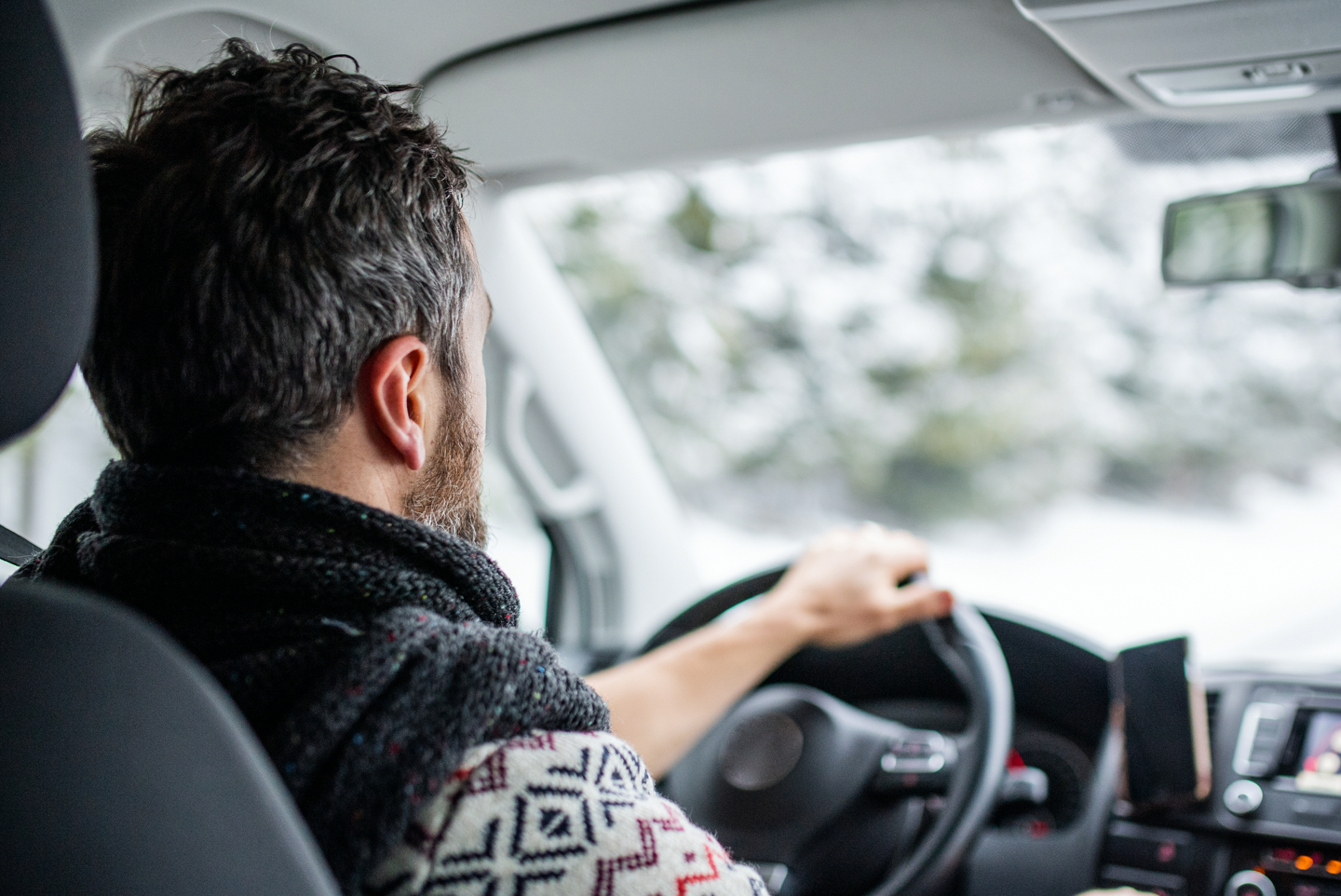Micromobility and its impact on the road
February 16, 2023
Visit any Arizona college campus or major city in your state, and you’ll likely come across some version of micromobility (e-bikes, scooters and the like). With more than 260 shared micromobility systems in the United States, we’re going to share some key features about it and how it impacts the road.
What exactly is micromobility?
You’ve probably seen micromobility and maybe even used it, but knowing what
exactly it is might be helpful. TheFederal Highway Administration (FHWA) broadly defines micromobility as any small, low-speed, human- or electric-powered transportation device that typically doesn’t exceed 20 MPH. Some examples include:E-scooters
E-bikes
Skateboards
Bicycles
Cargo bikes
One-wheels
Hoverboards
And while you are likely used to seeing traditional bicycles on the road, the recent shift and growth in the self- and private-owned electric bikes and scooters has been noticed beyond roadways.
Typically found in city centers and college campuses, micromobility provides alternative transportation for folks looking to travel short distances without all of the hassle of a traditional car.
Is micromobility a way to reduce traffic congestion?
What’s leading this boom of micromobility? Technology, the pandemic, even city infrastructure changes have opened the door for micromobility to take off. A study in Governing even points to the rise of local micromobility in urban areas as part of the answer to the problem of traffic congestion and vehicle emissions.
The study by Carnegie Mellon University, focused on the impact micromobility can have on major cities like Seattle, WA. They found that if 10 percent of short car rides were replaced with micromobility, that more than 4.8K car trips wouldn’t happen—lowering daily vehicle miles by the thousands.
“The big takeaways are that micromobility could decrease congestion, especially on highly congested corridors.”
– Corey Harper, assistant professor at Carnegie Mellon University
Because most people on university campuses or in cities don’t own cars, micromobility unlocks possibilities for more people. It also increases access to other public transportation, such as buses or rail systems—replacing cars for short trips. Imagine the ease of hopping on an e-scooter or bike to get to the train station, no need to worry about where to park.
With the number of micromobility options out there, there’s also conversation around its benefits to cities and the environment. Ernst & Young (EY) conducted an assessment to see what kind of impact micromobility may have on the environment.
In their findings, EY found that e-scooters that have swappable batteries, enable a 51 percent reduction in emissions which may improve urban air quality and reduce climate change.
If micromobility has its perks, where are the pitfalls? And what does it mean for those who drive on the road?
How to navigate the rise of micromobility on the road
If you use micromobility, you’ll likely come across areas that haven’t yet provided the infrastructure changes to blend both worlds of those who use micromobility and those who drive cars.
Every city will have its own set of laws and restrictions for micromobility users, which is why it’s always a good idea to check with your local officials on the rules of the road when it comes to this form of transportation.
Whether you're team car, team e-scooter, or happily using whichever is most convenient, it's important to understand the relationship both play on the road. Since you're more likely to see someone on riding a bike downtown or in your neighborhood, than on a major highway, there are two key navigation tips for maintain safe roads for all:
Pay attention to any changes to city infrastructure that accommodate micromobility to know where you can and can’t drive and park.
If you ride bicycles or scooters, electric or otherwise, you must obey traffic laws, including always yielding to pedestrians.
These two tips can help you to be more mindful of those using micromobility and vice versa—safer roads are happier roads.
Because the world of transportation is constantly evolving, as we’ve seen with micromobility, it’s important to understand its impact on how, when or where you drive. Staying mindful of others on the road, regardless of how they get around, is something we stand for at HiRoad.
By bus, bike, automobile or even now, the e-scooter, we all have our place on the road. And when we’re educated, aware and empathetic to all, we’re better equipped to make good things happen on and off the road.
The information in this article was obtained from various sources not associated with HiRoad®. While we believe it to be reliable and accurate, we do not warrant the accuracy or reliability of the information. HiRoad is not responsible for, and does not endorse or approve, either implicitly or explicitly, the content of any third party sites that might be hyperlinked from this page. The information is not intended to replace manuals, instructions or information provided by a manufacturer or the advice of a qualified professional, or to affect coverage under any applicable insurance policy. These suggestions are not a complete list of every loss control measure. HiRoad makes no guarantees of results from use of this information.
Stay on the path
Get HiRoad in your inbox
Share your email to get the latest about our community of mindful drivers.



